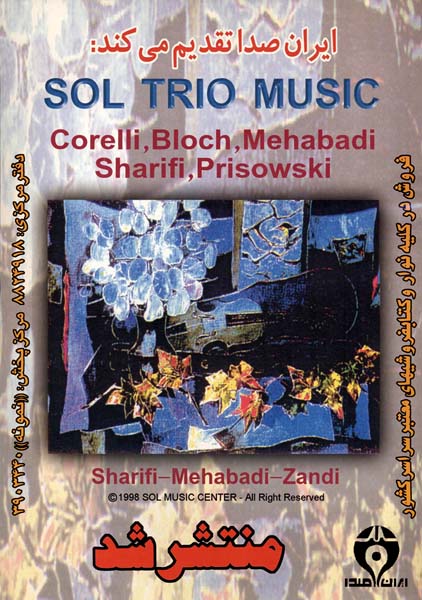Summer
(1st)
Arcangelo Corelli (1653-1713) was born in a rich and noble family. After moving to Bologna, he continued his musical studies focused mainly on the violin with several master violinists and as a talented student he was accepted as a member of the philharmonic academy of Bologna in 1670.
During the same period he made a concert tour across Germany that brought him the fame then later he made a name for himself by taking part in the great Saint Louis festival. Between 1681 and 1700, five opuses of his compositions have been published. Corelli’s works are regarded as a bridge between 17th and 18th century in Europe & Italy. In these mentioned Sonatas, musical scales are implemented in binary movements also dissonances are easily used. He believed on counterpoint – out of the frame and atonal- although the combination of counterpoint and homophony was the foundation of his works in which he never believed the grading of church and chamber sonatas.
He technically removed any extra movement to play more fluent. He also used the bass and soprano in parallel fifth to demonstrate that to have the most capabilities of long notes, he prefers instrument than human voice. He finally presented his belief about harmony in 1685. He died in Rome and is buried in Pantheon. By Cardinal Ottoboni’s command, a marble statue of him was installed upon his tomb.
The first movement of Bloch’s famous sonata is regarded as a modern work with a totally different acoustic effect. Waldemar Bloch (1906-1984) was a professor in the academy of Graz for a long time. He composed several works as a pianist and composer. Beside of instrumental compositions, he has composed many operas, too. His music theoretical book has been published in three volumes.
Prisowsky has more than 181 pieces for solo, ensembles and orchestra. Dream; the piece that is dedicated to Susan Dersinska is performed by SOL in this album.
Bahman Mehabadi
1997

